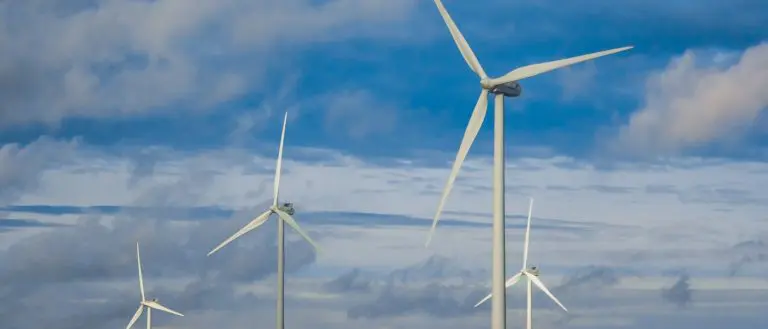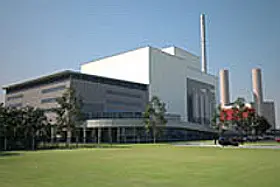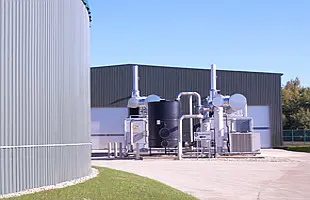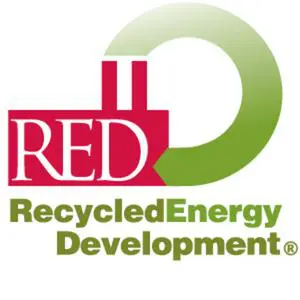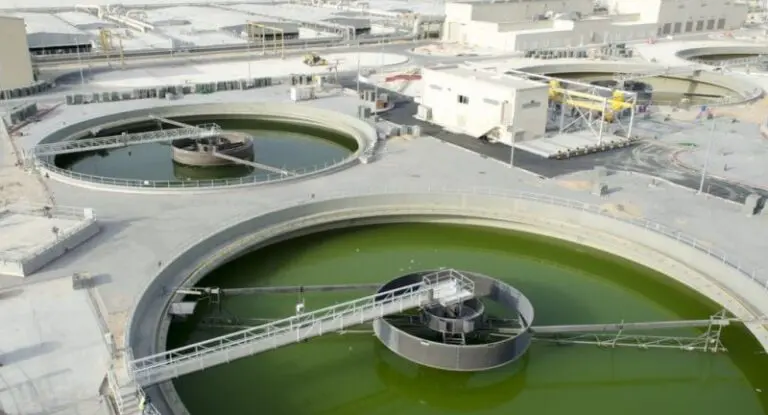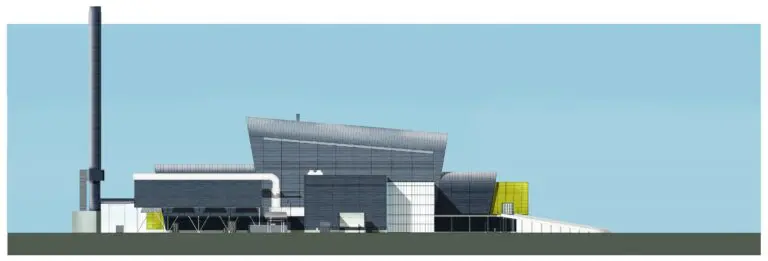It’s no secret that the U.S. electricity generation system is desperately in need of reliable energy storage to back up the vast amount of intermittent renewable resources being added. It’s also a fact that pumped storage hydropower is the single largest source of this backup storage, at well over 90% of total available utility-scale energy storage.
So which company will be the first to succeed in building new pumped storage in the U.S.? I don’t have a crystal ball, so read on to see my educated predictions.
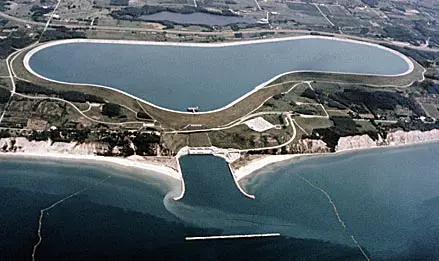
Defining pumped storage
Most of the pumped storage hydro capacity in the U.S. was built between 1960 and 1990, and significant new capacity has not been added since then. In fact, no new projects have come online since 2012, according to the U.S. Energy Information Administration (EIA), when the San Diego County Water Authority’s 40 MW Lake Hodges project began operating in California.
Pumped storage hydro was first used in the U.S. in 1930, according to the Department of Energy (DOE). This was a 33 MW plant near New Milford, Ct., which used a new upper reservoir named Candlewood Lake and the Housatonic River as the lower reservoir. The plant, called Rocky River, is still operating today with a capacity of 29 MW and is owned by FirstLight Power. (FirstLight Power’s website says the project was completed in 1929.)
However, the U.S. was far behind Europe. The first pumped storage facility in the world was built in 1909 near Schaffhausen, Switzerland, according to the American Society of Civil Engineers. By the time the Rocky River project came to be, more than 40 pumped storage plants had been built throughout Europe.
In total, there are 43 pumped storage plants operating in the U.S., with a total capacity of 21.9 GW, according to DOE’s 2021 Hydropower Market Report.
In May 2022, the Federal Energy Regulatory Commission (FERC) reported 27 licensed pumped storage projects with a total installed capacity of nearly 18.9 GW. Of these, 24 are in operation with a total capacity of about 16.5 GW. FERC has issued licenses for three proposed pumped storage projects since the beginning of 2014.
The remaining pumped storage plants the DOE report cited are federally owned facilities, like the Tennessee Valley Authority’s Raccoon Mountain plant and several operated by the U.S. Army Corps of Engineers.
The DOE report also said pumped storage hydro accounted for 93% of all utility-scale energy storage in the U.S. and the country has the potential to add enough new plants to more than double its current pumped storage hydro capacity, which EIA said stood at 22.9 GW in 2018.
At 3,003 MW, Bath County in Virginia is the largest pumped storage plant in the U.S. and one of the largest globally, second only to Fengning in China at 3,600 MW. Pumped storage hydropower is currently being developed in many countries worldwide, including Australia, China, India, Indonesia, and Japan.
Development barriers
However, in the U.S., significant barriers are hampering pumped storage development. Probably the largest hurdle is market conditions, with a system that is not structured to adequately compensate owners of these facilities for all of the ancillary benefits they provide, which go far beyond power generation and are the very reason these plants need to be built.
Another significant obstacle is the large capital investment required, over what can be a significant period of time. And a third hurdle to overcome is the long timeline for licensing from FERC, which can make investing in these facilities a risky financial proposition, at least in the years before operations begin.
Once operating, pumped storage hydropower plants have round-trip energy efficiency of 70% to 85%, according to the World Energy Council. By comparison, the efficiency of batteries ranges from 85% to 95% for Li-ion to 80% to 90% for lead-acid and 60% to 80% for flow. However, the council said the maximum lifetime for pumped storage hydro is 30 to 60 years, compared with six to 40 years for lead-acid batteries, 1,000 to 10,000 cycles for li-ion batteries and 12,000 to 14,000 cycles for flow batteries.
In a paper published in 2019, the Environmental and Energy Study Institute said: “In comparison to other forms of energy storage, pumped-storage hydropower can be cheaper, especially for very large capacity storage (which other technologies struggle to match). According to the Electric Power Research Institute, the installed cost for pumped-storage hydropower varies between $1,700 and $5,100/kW, compared to $2,500/kW to $3,900/kW for lithium-ion batteries. … PSH facilities can typically provide 10 hours of electricity, compared to about 6 hours for lithium-ion batteries.”
Predictions
It is clear that pumped storage hydropower is a valuable, needed resource in the U.S., and we watch activity closely, waiting for a new plant to be built. This article provides a roundup of the most advanced/promising pumped storage hydro projects proposed for development in the U.S. and their current status. It poses, but does not presume to answer, this question:
Who will build the first new pumped storage in the U.S.?
I am not the best-placed person to answer this question, so I’d be interested in hearing opinions from others. Email me your theory, and make sure you include your supporting facts. I may publish the general consensus on the Hydro Review website in the future.
What would be your determining criteria? How long the project’s been licensed? The market in which it would operate? The structure of the owning/developing company? Another factor entirely?
Below is the most up to date list I could develop (in alphabetical order). The four projects here seem to be the front runners, as while they are not yet operating, all have received an operating license from FERC:
Eagle Mountain
The 1,300 MW Eagle Mountain Hydroelectric Pumped Storage Project has been licensed (P-13123) since June 2014. It would be developed in Riverside County, Calif., by Eagle Crest Energy. According to GEI Consultants, which led the consultant team responsible for licensing efforts for this project, receiving this FERC license was the result of a seven‑year effort.
This 1,300 MW closed-loop project is located on the site of the inactive Eagle Mountain Mine. Two pits will be modified to become water storage reservoirs.
FERC issued an order in April 2022 granting an extension of time to commence and complete project construction. Eagle Crest Energy requested to extend the time to commence to June 19, 2024, and the time to complete construction to June 19, 2027. FERC determined that Eagle Crest provided sufficient information to demonstrate that it is committed to the project and has continued to develop the project and thus granted both requests.
Most recently, in mid-June 2022, Eagle Crest Energy submitted an update to FERC around Article 425-Programmatic Agreement and Historic Properties Management Plan. It said, “Eagle Crest is currently working with BLM [Bureau of Land Management] to respond to their comments, and will be filing the revised license amendment application with FERC as soon as the BLM comments are resolved.”
Gordon Butte
The 400 MW Gordon Butte Pumped Storage Project has been licensed (P-13642) by FERC since December 2016. It would be developed in Meagher County, Mt., by GB Energy Park LLC (a wholly owned subsidiary of Absaroka Energy LLC).
The closed-loop project will draw water from Cottonwood Creek, a tributary of the South Fork of the Musselshell River. The Gordon Butte project will be constructed on private land owned by 71 Ranch LP. The upper reservoir will be located on Gordon Butte and the lower reservoir at the northern base of Gordon Butte. An existing wind farm consisting of six turbines, also owned and operated by 71 Ranch, is located on the eastern edge of Gordon Butte, near the proposed upper reservoir.
In early August 2022, FERC granted GB Energy Park an extension of time to comply with Standard Article 5 requirements, under which the licensee must, within five years of license issuance, acquire and retain title in fee or the right to use in perpetuity all lands, other than lands of the U.S., necessary or appropriate for the construction, maintenance, and operation of the project. The original date to meet Article 5 requirements was Dec. 14, 2021, and that has been extended to Dec. 14, 2022.
Swan Lake
The 393 MW Swan Lake Energy Storage project has been licensed (P-13318) by FERC since April 2019. It would be developed in Klamath County, Ore., by Rye Development.
The project would occupy about 711 acres of land managed by BLM; 19 acres of land managed by the Bureau of Reclamation; and 1,310 acres of state, county and private lands. A portion of the upper reservoir and adjacent, surrounding, fenced area is located on the western edge of Swan Lake Rim. Part of the penstock, some access roads, and about half of the 32.8-mile-long transmission line will be located on BLM-administered lands along Swan Lake Rim, Horton Rim and Bryant Mountain.
In mid-July, Rye Development submitted to FERC the resume of a proposed additional member of the board of independent engineering consultants, which will review the design, specifications and construction of the project for safety and adequacy.
Honorable mention
In the runner-up position is the Goldendale project. There were six pumped storage projects pending licensing and relicensing with FERC as of May 11 (most recent data available). These are located in California (three), Massachusetts (two) and Washington (one). Of these, only the 1,200 MW Goldendale Energy Storage Project in Washington (P-14861) is new capacity; the remainder are projects in relicensing.
This project, being developed in Klickitat County on the Washington-Oregon border by Rye Development, is “positioned on top of the Pacific AC and DC Interties that connect the Pacific Northwest’s power grid,” per the project website. It is a closed-loop facility that is anticipated to cost more than $2 billion to develop. The final license application was submitted to FERC in 2020, and the project timeline anticipates construction in 2025 to 2027 and commercial operation beginning in 2028.
In early July, Rye Development submitted its reply comments to the comments received on the Ready for Environmental Analysis for FERC for the project.
So, what is your prediction? Is it one of the projects mentioned in the article, or another one entirely? And what time frame do you see for a new pumped storage hydro plant to actually begin operating in the U.S.? As I said before, send me an email and tell me what you think.


